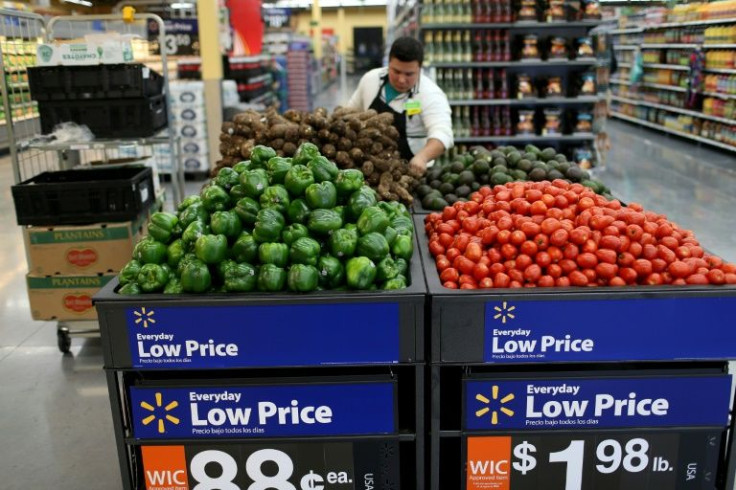Inflation, End Of Stimulus Checks Take Their Toll On Target, Walmart

Target and Walmart are feeling the pain of soaring inflation and the lack of stimulus checks, which leave low-income and middle-income Americans with little money to spend in the stores of the two retail chains.
The past couple of years have seen the best and the worst times for Target and Walmart. The best times were in the second half of 2020 and the early part of 2021, when unprecedented fiscal stimulus put plenty of money in the hands of unemployed Americans during the pandemic lockdowns.
In many cases, Americans ended up with more personal income than they have would earned working full-time at minimum wage. That's how much personal income increased during the pandemic recession. In addition, steady food and energy prices allowed low-income and middle-income Americans to spend beyond necessities in everyday discount retailers like Walmart and Target.
The worst of times have been the last six months when Walmart's customers got a double punch. First came the end of the lockdowns and the stimulus checks as many Americans returned to work. But paychecks have not been sufficient to replace the pandemic stimulus checks. Moreover, according to the U.S. Bureau of Economic Analysis, personal income has been growing slower these days than it grew while the stimulus checks were in the mail.
Then came the soaring food and energy inflation, which crushed family budgets and further diminishing low-income and middle-income Americans' ability to buy discretionary items. That's bad news for Target and Walmart, which count on these two groups for their growth.
In June, Target sent shockwaves through Wall Street by warning of a significant sales and earnings shortfall and sizable discounts to liquidate excess inventory of discretionary items. On Monday afternoon, Walmart slashed its sales and earnings estimates, giving Wall Street another round of aftershocks. As was the case with Target's announcement in June, Walmart cites soaring food and energy prices for the revisions.
"The increasing levels of food and fuel inflation are affecting how customers spend, and while we've made good progress clearing hardline categories, apparel in Walmart U.S. is requiring more markdown dollars. We're now anticipating more pressure on general merchandise in the back half; however, we're encouraged by the start we're seeing on school supplies in Walmart U.S.," Walmart president and CEO Doug McMillon said in a press release.
Still, some good news is buried in the two retailers' bad news. For example, merchandise markdowns are one of the ways to bring inflation down and traffic back to the stores. That's something already happening, according to a new white paper from foot traffic analytics firm Placer.ai. The "Halfway Point Lessons --July 2022" white paper predicts that things could turn better in the second half of the year for the nation's retailers.
The bottom line: Don't bet against Target and Walmart no matter how bad things look. They always find their way back in the long run, even if their earnings and stock take a big hit in the short run.
© Copyright IBTimes 2025. All rights reserved.






















